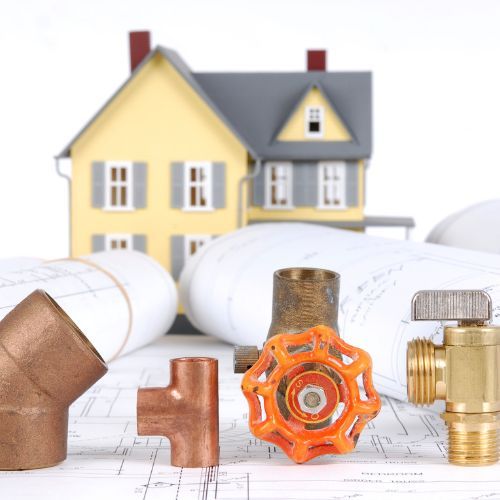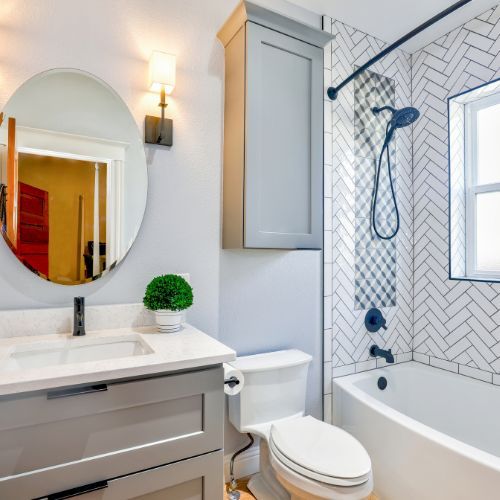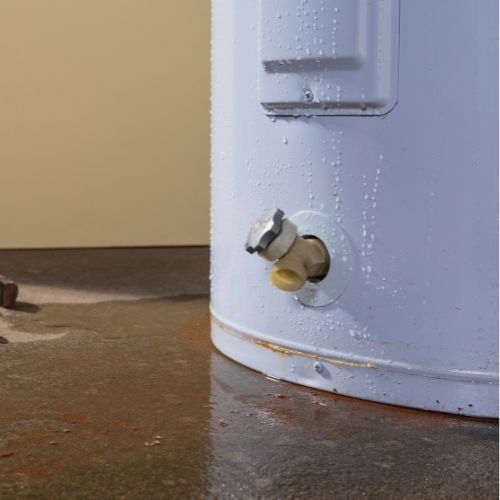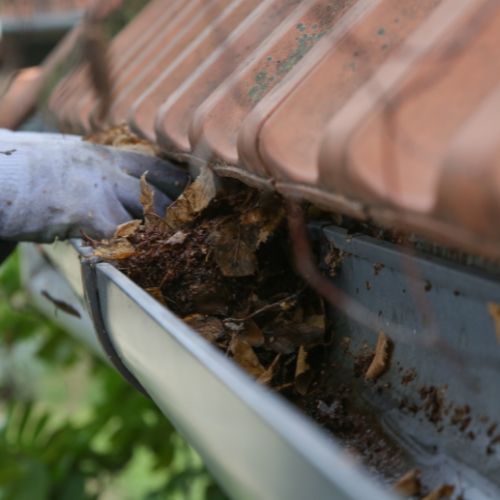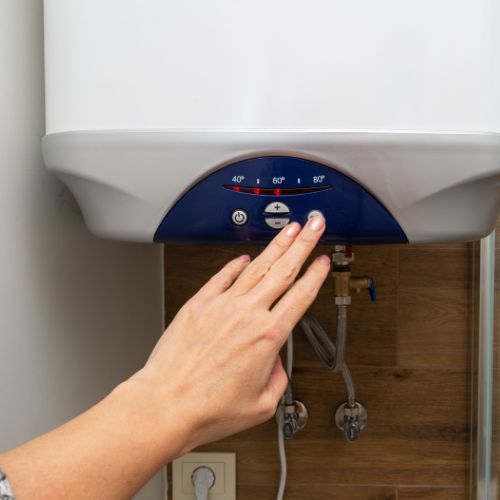How to Improve Water Pressure in Your Home

Table of Contents
ToggleTL;DR: Maintaining optimal water pressure in your California home is crucial for comfort and convenience. Start by identifying if the issue is localized or affects the entire house. Clean or replace faucets and showerheads to remove mineral deposits that can restrict flow. Contact Elevated Comfort Plumbing for professional help with persistent low pressure or suspected pipe damage to ensure your home’s water pressure stays optimal.
Maintaining optimal water pressure in your home is essential for comfort and convenience. Whether you’re trying to enjoy a relaxing shower or efficiently wash dishes, low water pressure can be frustrating. Fortunately, there are several steps you can take to improve water pressure in your California home. Here’s a guide to help you identify and resolve common issues, with expert tips from Elevated Comfort Plumbing.
Identify the Problem Areas
The first step in addressing low water pressure is identifying where the problem areas are. Check all the faucets and fixtures in your home to determine if the issue is isolated to a specific location or affects the entire house. If you notice that only one or two fixtures have low pressure, the problem is likely localized. However, if the whole house is affected, you may need to investigate further.
Common causes of low water pressure in California homes include:
- Aging Infrastructure: Older homes may have outdated plumbing systems that can’t handle modern water demands.
- Municipal Supply Issues: Sometimes, the problem originates with the city’s water supply.
- Pressure Regulator Problems: A malfunctioning pressure regulator can cause a drop in water pressure throughout the house.
Clean or Replace Faucets and Showerheads
One of the simplest fixes for low water pressure is to clean or replace faucets and showerheads. Over time, mineral deposits and sediment can build up, clogging the aerators and reducing water flow. Here’s how to tackle this issue:
- Remove the Aerator: Unscrew the aerator from the faucet or showerhead. If it’s difficult to remove, use pliers with a cloth to avoid scratching the surface.
- Soak in Vinegar: Submerge the aerator in white vinegar for a few hours to dissolve mineral deposits.
- Scrub with a Brush: Use an old toothbrush to scrub away any remaining debris.
- Rinse and Reassemble: Rinse the aerator thoroughly and screw it back onto the faucet or showerhead.
If cleaning doesn’t improve the water pressure, consider replacing the fixture altogether. Modern, high-efficiency fixtures can enhance water flow while conserving water.
Examine Your Pipes for Blockages
Blocked or corroded pipes are another common cause of low water pressure. California’s hard water can lead to mineral buildup inside pipes, restricting water flow. Here are some steps to examine and address pipe blockages:
- Inspect Visible Pipes: Check for any visible signs of corrosion or leaks in exposed pipes. Rusty or leaking pipes may need replacement.
- Check Water Supply Lines: Turn off the water supply and disconnect the water supply lines to check for blockages.
- Flush the Pipes: If you suspect sediment buildup, you can flush your pipes. Turn off the water supply, open all faucets, and then turn the water back on to flush out debris.
- Hire a Professional: For severe blockages, it’s best to hire a professional plumbing service like Elevated Comfort Plumbing. They have the tools and expertise to clean or replace pipes as needed.
Regular Maintenance Tips
Regular maintenance is key to preventing water pressure issues. Here are some tips to keep your plumbing system in top condition:
- Install Water Softeners: To combat hard water, install a water softener to reduce mineral buildup in pipes and fixtures.
- Inspect and Clean Aerators Regularly: Make it a habit to inspect and clean faucet and showerhead aerators every few months.
- Check for Leaks: Regularly inspect your plumbing for leaks and fix them promptly to prevent water pressure problems.
- Monitor Water Pressure: Use a water pressure gauge to monitor your home’s water pressure. The ideal pressure for most homes is between 40-60 psi.
When to Call a Professional
Sometimes, despite your best efforts, water pressure issues persist. That’s when it’s time to call in the experts. Elevated Comfort Plumbing, a trusted plumbing service in California, can help diagnose and fix complex water pressure problems. Here’s when to call a professional:
- Persistent Low Pressure: If cleaning fixtures and checking for blockages don’t resolve the issue, a professional inspection is necessary.
- Multiple Affected Fixtures: When low pressure affects several fixtures, the problem might be in the main water line or a pressure regulator.
- Suspected Pipe Damage: If you suspect significant pipe damage or corrosion, professional intervention is crucial to prevent further issues.
- New Installations: For new installations or major plumbing upgrades, hiring a professional ensures the job is done correctly and safely.
By following these steps and maintaining regular plumbing maintenance, you can improve water pressure in your California home. And remember, when in doubt, Elevated Comfort Plumbing is here to help with all your plumbing needs. Contact us today to ensure your home’s water pressure is optimal and consistent.
